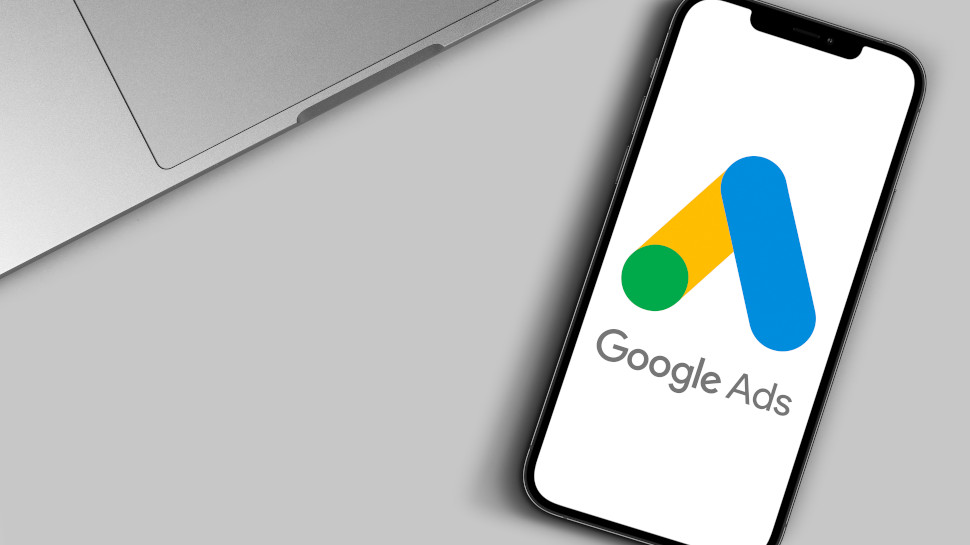Google has moved to clarify its approach to developing new technologies to replace third-party tracking cookies, an effort designed to inject a greater level of privacy into the digital advertising chain.
At a press event attended by TechRadar Pro, Google’s President for EMEA, Matt Brittin, fielded questions on the trajectory of the Privacy Sandbox project and the criticisms levelled by privacy advocates.
“Users want a web that’s private and safe; we can see that in our search results. But if you want this whole thing to work, you need advertising that works, because a subscription model for the web doesn’t deliver for everyone,” he said.
“It’s really about how to build a web that works for everyone. What we’re doing is trying to ensure you can have privacy-safe, high-performance advertising that works for the user and the advertiser - and we’re optimistic about that.”
FLoC, Topics and Android
Google first launched the Privacy Sandbox initiative in 2019, in recognition of the fact that the system underpinning its lucrative advertising business (powered by third-party cookies that track people across the web) creates opportunities for invasions of privacy.
“Like any technology, cookies are neither good nor bad. It’s just how they are being used,” said Brittin. “The reason we need to move away from them is that they are increasingly being used in ways that are infuriating for consumers.”
The goal is to develop a collection of new systems and technologies that fulfil the same role as cookies, allowing advertisers to target netizens most likely to engage with their products, but without compromising user privacy to the same degree.
Thus far, achieving this objective has proven as difficult as it sounds. The first proposal, FLoC, was widely panned by privacy advocates, who dismissed the system as a sleight of hand.
In January, Google announced it would substitute FLoC for a similar system called Topics, which offers a way to serve up ads based on broad interest categories. The system relies on three weeks’ worth of browsing data, stored locally on-device, to place people into a variety of different buckets, which in turn determine what types of ads the person will receive. Web users can opt out of any particular “topic” at any time via their web browser.

Despite continued criticism, Topics appears to be the system Google will continue to pursue as it moves ahead with plans to leave third-party cookies behind. At the current moment, Topics is undergoing a trial, alongside a number of separate APIs developed under the Privacy Sandbox initiative.
Google also recently announced it will extend Privacy Sandbox to Android, phasing out advertising ID (a tracking system analogous to third-party cookies) in favor of alternatives that limit the sharing of user data with third-parties and do not rely on cross-app tracking.
The deadline for the eradication of cookies was recently pushed back to the second half of 2024, to afford industry stakeholders additional time to prepare, and a similar date has been set for the move away from advertising ID on Android.
The free and open web
The typical riposte from Google to criticism of its efforts has been that targeted advertising is crucial to preserving the free and open web. Without the ability to target ads effectively, content and services currently available for free would have to be pay-gated to remain economically viable for the provider, the argument goes.
In response to questions from TechRadar Pro about criticism from privacy advocates, some of whom are calling on regulators to ban targeted advertising outright, Brittin pursued a similar line of reasoning, citing figures from the IAB that suggest such a ban move would wipe up to $39 billion from the publishing market.
“If you want a web that’s affordable, advertisers need to reach users. If you want no advertising, that’s the world of ad blockers and companies that develop technologies that allow people to block everything, but that’s a sledgehammer that destroys the funding model of original content,” he said.
“An objection to advertising that’s relevant is different from an objection to personal data being used in ways people haven’t consented to - and here’s where we would defend our approach very robustly. We’re trying to give consumers the protection they want, as well as advertising that is helpful and relevant.”

Brittin, who worked in publishing before joining Google, did concede that new monetization models may emerge that would allow publishers to fund their content without relying on targeted advertising. For example, under a micropayments-based system, users would pay small sums for each piece of content they access, instead of expensive subscriptions that serve to exclude people from the information market. But there are problems with this premise too, he noted.
“Micro payments is something that hasn’t really taken off on the web. The challenge for publishers there is that they are currently monetizing an audience in aggregate, but if [stories are each earning a few cents per view], what’s the incentive for journalists to work under the umbrella of a publication? You’ll end up with the further atomization of news,” said Brittin.
Asked whether Google would consider switching from targeted to contextual advertising in the name of privacy, if a robust new model for monetization were to emerge, Brittin refused to be drawn.
“Let’s see if we get that technology,” he told TechRadar Pro. “[In a few years’ time], I’d hope we’re looking at a web that’s open and affordable, enjoyed by almost everyone on the planet, and that we see businesses able to grow more and more through advertising that is privacy-safe.”
- Our list of the best content marketing services around
Source: TechRadar